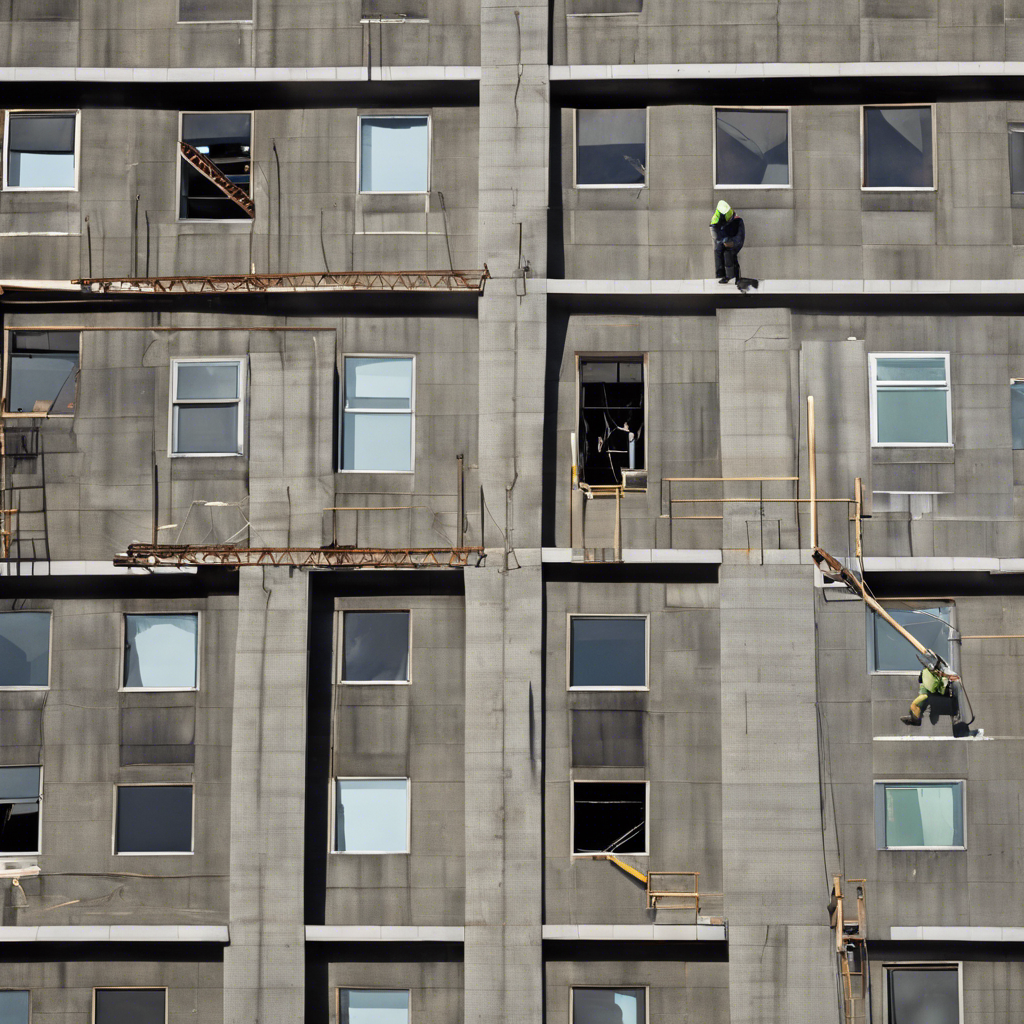Massachusetts Faces Escalating Construction Costs, Prompting Increase in Borrowing for Capital Spending

State finance experts recommend largest borrowing increase in a decade to combat eroded purchasing power of Massachusetts’ capital investment plan.
Massachusetts is grappling with a significant increase in construction costs, leading to a decline in the purchasing power of the state’s capital investment plan. A panel of state finance experts recently recommended the largest increase in borrowing for capital spending in at least a decade to address this issue. The Capital Debt Affordability Committee has proposed an additional $212.2 million, or 7.3%, in general obligation debt for fiscal year 2025. This increase includes an adjustment of $87.2 million to account for construction cost inflation, which has outpaced the growth of the Capital Investment Plan. The committee’s recommendation aims to bridge the budget gaps reported by public agencies across the state and ensure that Massachusetts can keep pace with its capital needs.
Construction Cost Escalation Outpaces Capital Investment Plan Growth
Construction costs in Massachusetts have risen rapidly over the past two fiscal years, significantly outpacing the growth of the Capital Investment Plan. The Capital Debt Affordability Committee’s analysis reveals that the state’s public agencies have encountered substantial budget gaps due to cost escalation surpassing original estimates. Major projects in higher education, library reconstruction, school buildings, water and sewer infrastructure upgrades, and state facility repairs and improvements have been particularly affected. The committee recognizes the importance of addressing these gaps and recommends a conservative adjustment of $87.2 million to the bond cap.
Determining Affordability and Targeted Investments
To determine the affordability of new debt, the Capital Debt Affordability Committee considers the remaining room under the statutory debt limit and the projected debt service payments. The committee’s recommendation for fiscal year 2025 allows for targeted investments in Commonwealth infrastructure while keeping the growth in debt service and outstanding principal within long-term targets. The committee’s decision aligns with a Division of Capital Asset Management and Maintenance report, which highlights an 18% to 20% increase in costs for public projects in Massachusetts over the past 24 months, surpassing the national average.
Factors Driving Construction Cost Escalation
The significant increase in construction costs can be attributed to various factors. A shortage of subcontractors, resulting from multiple projects competing for a limited pool, has driven up labor costs by 5% to 10%. Additionally, changes in user requests and building/energy codes have contributed to increased costs, especially for new construction. The Capital Debt Affordability Committee’s summary of the Division of Capital Asset Management and Maintenance report emphasizes the impact of these factors on construction expenses.
Managing Debt within Statutory Limits
Massachusetts has had a statutory limit in place since 1989 to cap the total amount of outstanding direct state debt. The limit increases by 5% each year and is fixed at $30.655 billion for the current fiscal year. However, the state’s total debt stands at approximately $31.576 billion, with $26.118 billion subject to the limit. The debt ceiling is set to increase to $32.188 billion in fiscal year 2025. Although the buffer between the debt limit and actual debt has grown in recent years, it is expected to shrink in the coming decade.
Historical Trends in Capital Spending
Under Governor Deval Patrick, Massachusetts experienced annual increases of $125 million in capital spending for five years. However, Governor Charlie Baker’s administration maintained flat capital spending for fiscal year 2016 and gradually increased it by just over 3% each year from fiscal 2017 to fiscal 2021. Fiscal year 2022 saw the return of the $125 million annual increase, reflecting a more cautious approach to managing capital spending.
Conclusion:
Massachusetts is facing the challenge of escalating construction costs, which have eroded the purchasing power of the state’s capital investment plan. To address this issue, the Capital Debt Affordability Committee has recommended the largest borrowing increase in a decade, including an adjustment to account for construction cost inflation. The committee’s recommendation aims to bridge budget gaps and ensure that the state can meet its capital needs. As Massachusetts continues to manage its debt within statutory limits, careful consideration of targeted investments and long-term planning will be crucial to maintaining the state’s infrastructure and economic growth.

